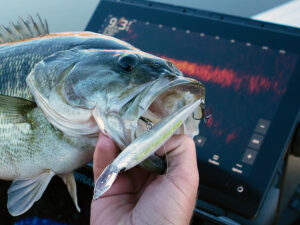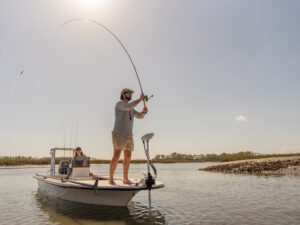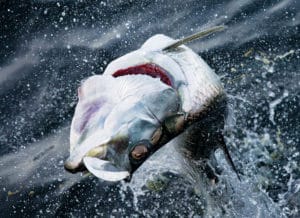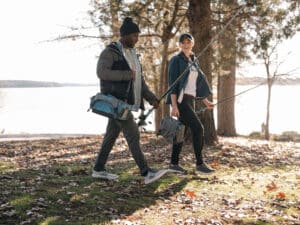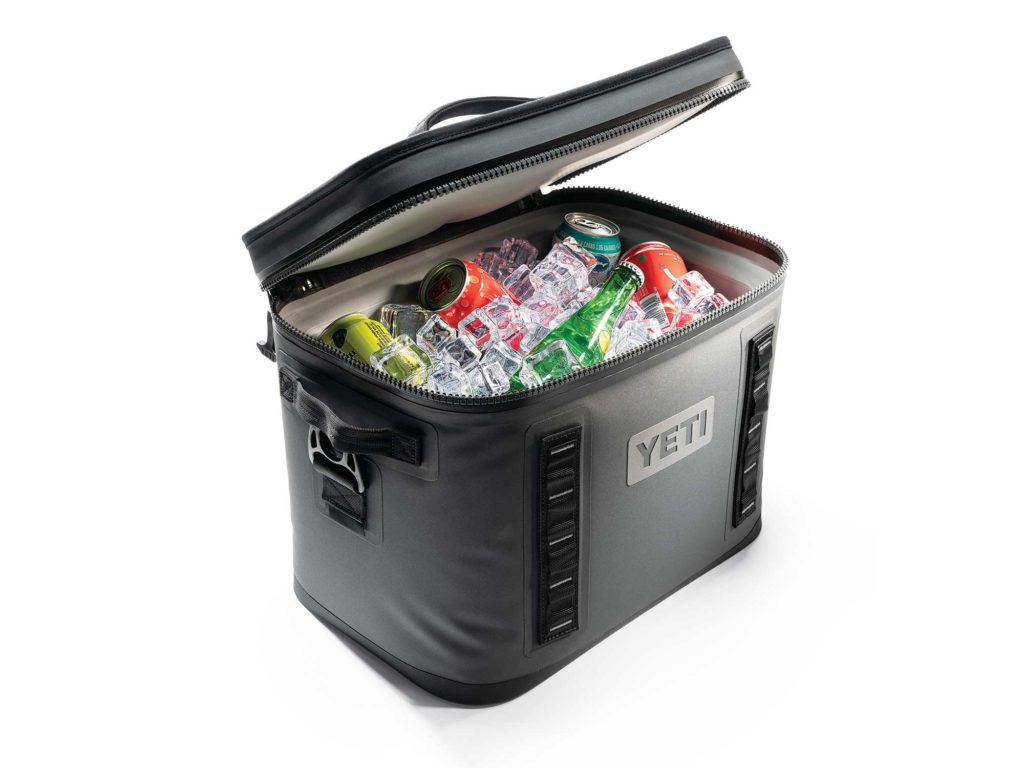
My 19-foot skiff is ideal for the quick maneuvering needed to pursue fast-moving false albacore, and you can run around the console to cast into blitzes. But my beloved 72-quart hard-sided cooler bungeed against the bow platform was often in the way. Albies are a catch-and-release species, so I used the chest merely as an oversize vessel for ice, drinks and food.
I downsized to my rigid, 16-quart family lunch cooler with poor results. It either slid and banged around the deck during run-and-gun action or it tipped over when bungeed by its built-in cover handle.
Then I bought a soft-sided cooler —problem solved! Its shoulder strap sat perfectly over a rod holder or cleat, and it didn’t occupy any deck space. The soft cooler also compressed when empty to tuck inside the bow-platform hatch. With that soft cooler, I eliminated 15 pounds from my boat and gained about 3½ feet of deck surface.
The Softer Advantage
Like hard chests, soft coolers keep drinks, food or catch safely chilled for many hours—or even days—in hot weather. Soft coolers squeeze into tight spots in your boat or vehicle, and you can sling them over a shoulder to free up both hands.
So they’re light in weight, easy to pack and easy to transport, Chris Holloway at Engel Coolers points out. He says Engel’s soft coolers hold ice up to four days and are leakproof.
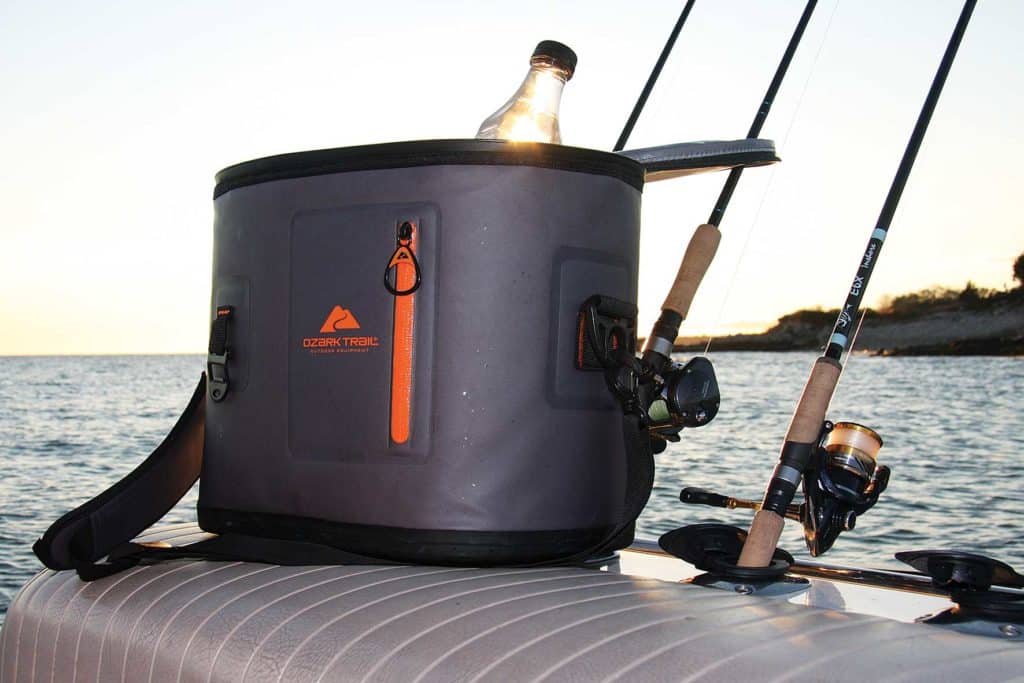
Capt. Chris Elser, a pro of 30 years’ experience guiding in New England waters, finds soft coolers advantageous because he can place them in a locker to avoid constant bouncing on deck in choppy seas. And when stalking predators in skinny water, they allow quiet access.
All soft coolers might appear similar—an insulated carry bag with a closing top—but variables include insulation, ease of use, portability, waterproofness, closures, color, shape, side pockets, antimicrobial lining, tool attachments, divider compartments and durability. Most will last as long as a good hard-shell cooler, and typically cost $30 to $300.
Leading Ruggedness
In 2014, Yeti—known for its “bear-proof” Tundra hard coolers—introduced its Hopper line of heavy-duty, soft-sided coolers. Other manufacturers quickly followed Yeti’s lead in developing extreme-use soft coolers. The Hopper series includes various sizes and models, says Thacher Stone at Yeti, and each is transportable, durable and reliable for open-boat anglers.
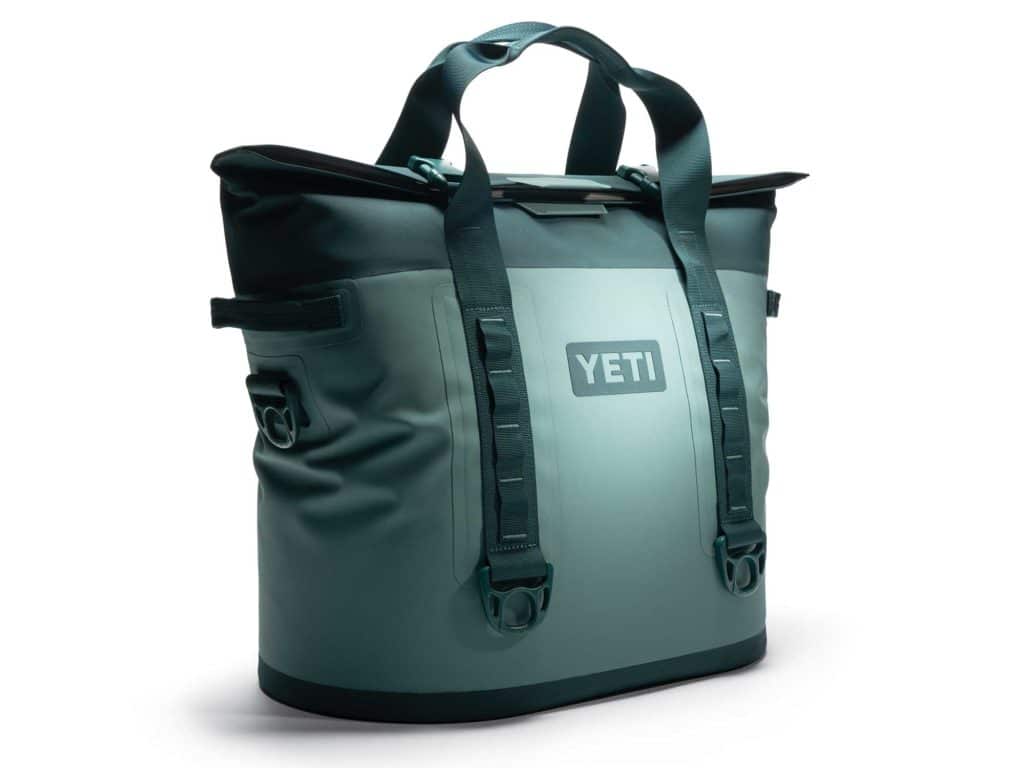
The Hopper’s outer casing is a high-density fabric that’s resistant to punctures, mildew and UV rays. Yeti’s HitchPoint front grid offers various attachment loops for clip-on equipment, which is handy for items such as a bottle opener or pliers. If you expect unwrapped food to make direct contact with an inner liner in another cooler, check if it’s FDA-approved food‑grade material as is Yeti’s.
The most important cooler features to look for include ice retention, a waterproof zipper, lightness and durability. Materials used for construction vary by manufacturer, but welded TPU (thermoplastic polyurethane) is the strongest, most durable and most water resistant, Engel’s Holloway says. Look for welded seams because stitched materials are less waterproof and weaker.
A soft cooler that’s airtight and leakproof will keep its contents colder and prevent wet spots on vulnerable surfaces such as car seats. The Engel HD-20 is entirely welded to retain cold air and liquid while preventing water and warm air from entering.
Engel’s tough outer shell is made of 840 denier fibers, and a water-resistant front pocket protects sensitive items, including wallets and cellphones.
Yeti’s coolers don’t have a built‑in side pocket. Instead they offer the SideKick, which is a waterproof gear pouch to store keys, fishing licenses, phones and glasses.
Style and Size
Three basic styles of soft coolers are available: The messenger bag, which looks like a large purse or, if you prefer, murse; the lunch box, which varies in shape from rectangular to oval; and the backpack, designed for hiking and less applicable for most boating anglers. Manufacturers vary on how they measure capacity: some by quarts, some by weight but most by the number of cans.
The messenger-bag styles feature a large, over-the-shoulder padded strap—handy for long walks down a marina dock while lugging tackle and other gear. Many bags also sport short handles to carry the cooler as one might a briefcase. Bags usually have greater capacity and dimensions than lunch box types, and offer tremendous insulation.
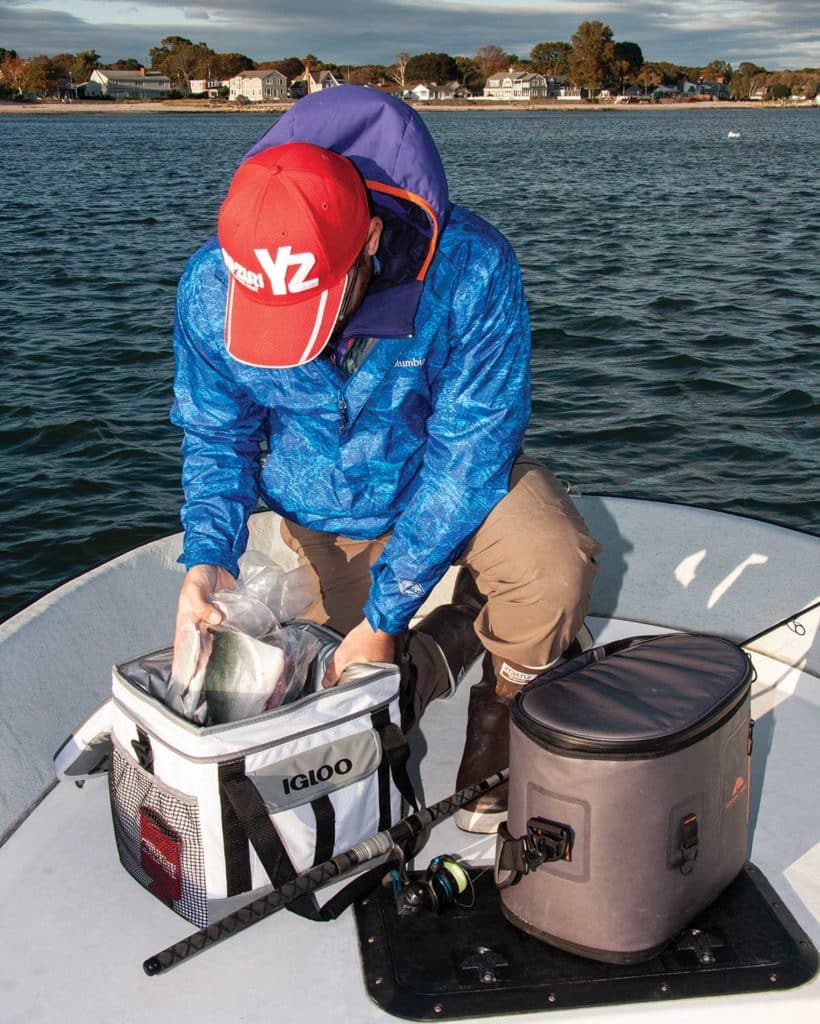
Bags are a good choice for carrying a group’s provisions for a day or two, but the large capacity also means they’re heavy, especially when topped with ice. The box-style soft coolers are more rigid, protect contents better, are easily carried in one hand and often include a shoulder strap.
Most manufacturers keep cooler capacity at or below the 30-can size because few users require a huge soft cooler. But Arctic Zone’s Titan Deep Freeze has a 60-can option, which is big enough for a group on a large vessel for a couple of days, and it comes with a detachable cart featuring all-terrain wheels, a retractable handle and a 100‑pound capacity.
Closed Tight
When shopping for a soft cooler, look for a high-quality zipper and a rugged exterior to reduce wear and tear. Chris Pardue at Calcutta Outdoors points out that a cheap zipper might pull apart and leak and can quickly ruin a trip. The advanced materials now available for exterior fabrics are strong, resistant to punctures and rips and better support zippers and handle or strap attachments.
Soft-cooler closures vary and include slit zippers (sometimes with end clips), zippered flip-back lids or zipperless versions such as a roll-top bag with plastic buckles or a press-in flip lid with securing latch. Some models are admittedly difficult to zip and unzip, a trade-off for strength and waterproofness. Silicone spray helps ease closure struggles, and Engel and Yeti include a lubricant for their zippers.
The Yeti Hopper M30 (bag style) features an innovative magnetic top closure that virtually seals itself, which proves helpful when you reach for a bottled water during the heat of action and don’t have the time—or two free hands (or simply forget) to pull a sticky zipper shut tight. And if you have kids aboard digging for snacks, there’s less chance of the lid being left wide open in the summer heat.
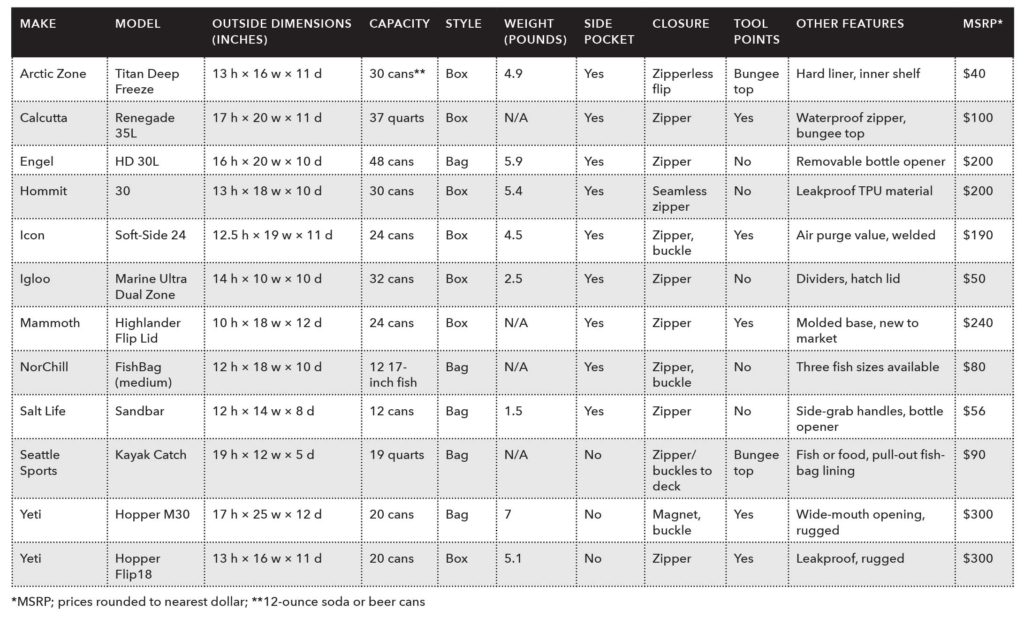
Calcutta offers its Renegade series in 15-liter and 35-liter models. These products are lightweight and insulated with closed-cell insulation throughout, Pardue says. They feature a rugged exterior shell and have an easy-access opening using a waterproof zipper. He believes that the light weight of their coolers will convert you into a fan of the soft-sided style.
Artic Zone’s Titan Zipperless cooler uses a flip top and latch to allow one-handed access. But to keep the zipperless lid snug and contents cold, the interior lid lining is rigid plastic, making this product more of a hybrid between soft- and hard-shell coolers.
Read Next: Turn Seat on Walkaround into Cooler Rack
It won’t scrunch down when empty to stuff into a tight spot, but it’s puncture-proof, easy to wipe down, leakproof and stable on deck. Typically, the more rectangular the shape of a soft cooler, the more rigid and likely it is to protect delicate contents.
Fishy Contents
But what about your catch? NorChill offers a soft cooler designed for fish called the FishBag, and it’s available in three sizes. These marine-grade bags, also fine for food and beverages, roll up for easy transport and compact storage. Like other messenger bags, the FishBag sports a flat bottom to keep it upright in choppy seas. An innovative, integrated pour spout allows you to drain away blood and melted ice. Its liner is puncture-resistant to protect against fins, and it’s fusion welded to prevent leakage. The FishBag seals with fold-down end clips, which give the cooler a rectangular shape.

